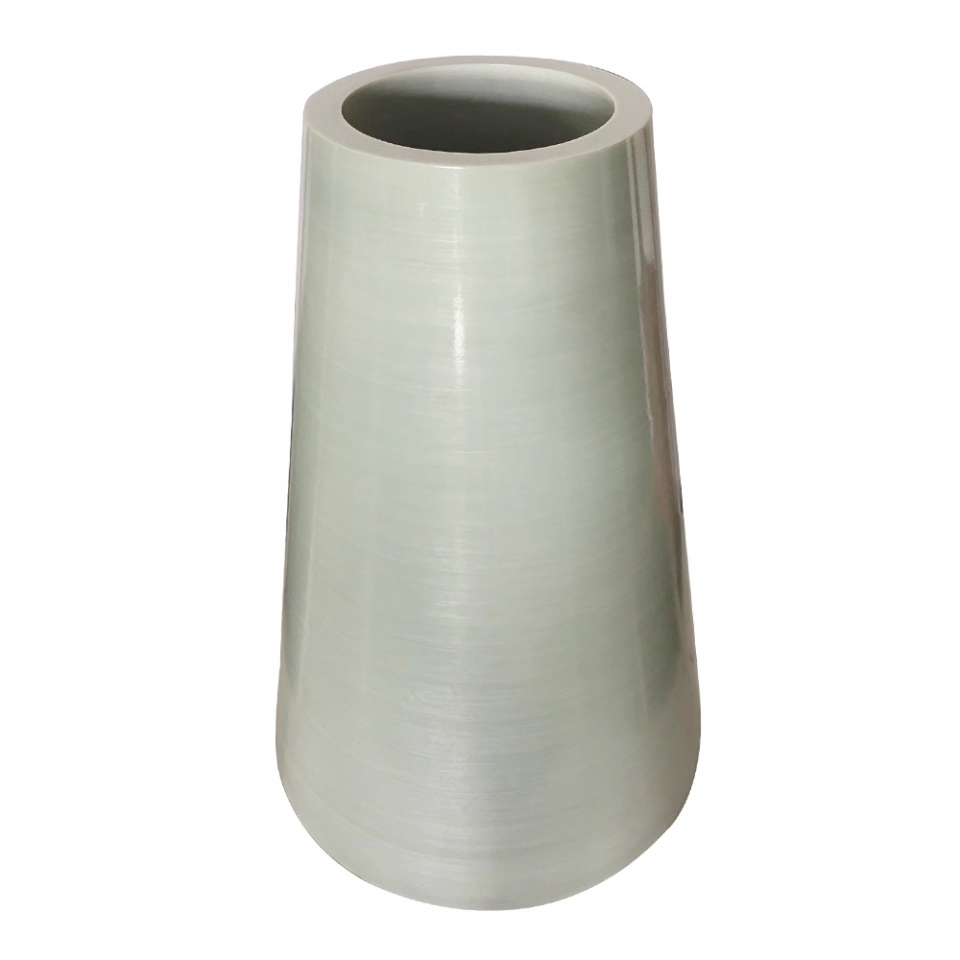Exploring the Design, Applications, and Advantages of Conical Dust Removal Casing in Industrial Settings
Introduction
Conical dust removal casing is a critical component in many industrial settings, where it plays an essential role in reducing air pollution and ensuring the safety of workers. It is a device that filters out dust particles and other impurities from the air, making it clean and safe for breathing. This paper aims to explore the design, applications, advantages, and installation of conical dust removal casing in industrial settings.

Design and Construction of Conical Dust Removal Casing
The design of conical dust removal casing is critical to ensuring its efficiency and effectiveness. It typically consists of a conical-shaped housing with a filter bag or cartridge inside, which captures the dust particles. The material used in construction can vary depending on the application, but it usually includes stainless steel, carbon steel, or aluminum. Several factors can affect the design of conical dust removal casing, such as the size of the facility, the type of equipment used, and the nature of the dust particles.
Applications of Conical Dust Removal Casing
Conical dust removal casing has a wide range of applications across various industries, including power plants, cement plants, food processing facilities, chemical plants, and mining operations. In power plants, conical dust removal casing is used to remove fly ash and other particulate matter from gaseous emissions. In cement plants, it is used to capture dust generated during the production process, while in food processing facilities, it is used to prevent contamination from airborne particles.
Advantages of Conical Dust Removal Casing
Conical dust removal casing offers numerous advantages over other dust collection systems. These include enhanced efficiency of dust collection, reduced maintenance requirements, improved safety for workers, energy savings, and cost-effectiveness. The conical shape of the housing allows for better airflow and helps to prevent clogging, while the filter bags or cartridges can be easily replaced when they become full.
Installation and Maintenance of Conical Dust Removal Casing
The installation of conical dust removal casing requires careful planning and preparation. Site preparation involves ensuring that the area is clear and level, while the installation process includes mounting the unit and connecting it to the ventilation system. Regular maintenance is essential to ensure that the device continues to function correctly. This includes cleaning or replacing the filter bags, monitoring the pressure drop across the filter, and inspecting the ductwork for leaks.
Comparison with Other Dust Collection Systems
Conical dust removal casing is often compared to other dust collection systems, such as baghouse dust collectors, cyclone dust collectors, and electrostatic precipitators. While each system has its advantages and disadvantages, conical dust removal casing is generally considered more efficient, easier to maintain, and less expensive.
Frequently Asked Questions about Conical Dust Removal Casing
Common questions about the design, installation, and maintenance of conical dust removal casing include how often the filters need to be replaced, whether it can handle high-temperature applications, and whether it can be customized to meet specific requirements.
In conclusion, conical dust removal casing is an essential component in many industrial settings, where it plays a critical role in maintaining air quality and ensuring the safety of workers. The design, applications, advantages, and installation of conical dust removal casing have been explored in this paper. It offers numerous benefits over other dust collection systems, including enhanced efficiency, reduced maintenance requirements, improved worker safety, energy savings, and cost-effectiveness. Businesses considering implementing conical dust removal casing in their operations should carefully evaluate their needs and consult with experts in the field to determine the best approach.

